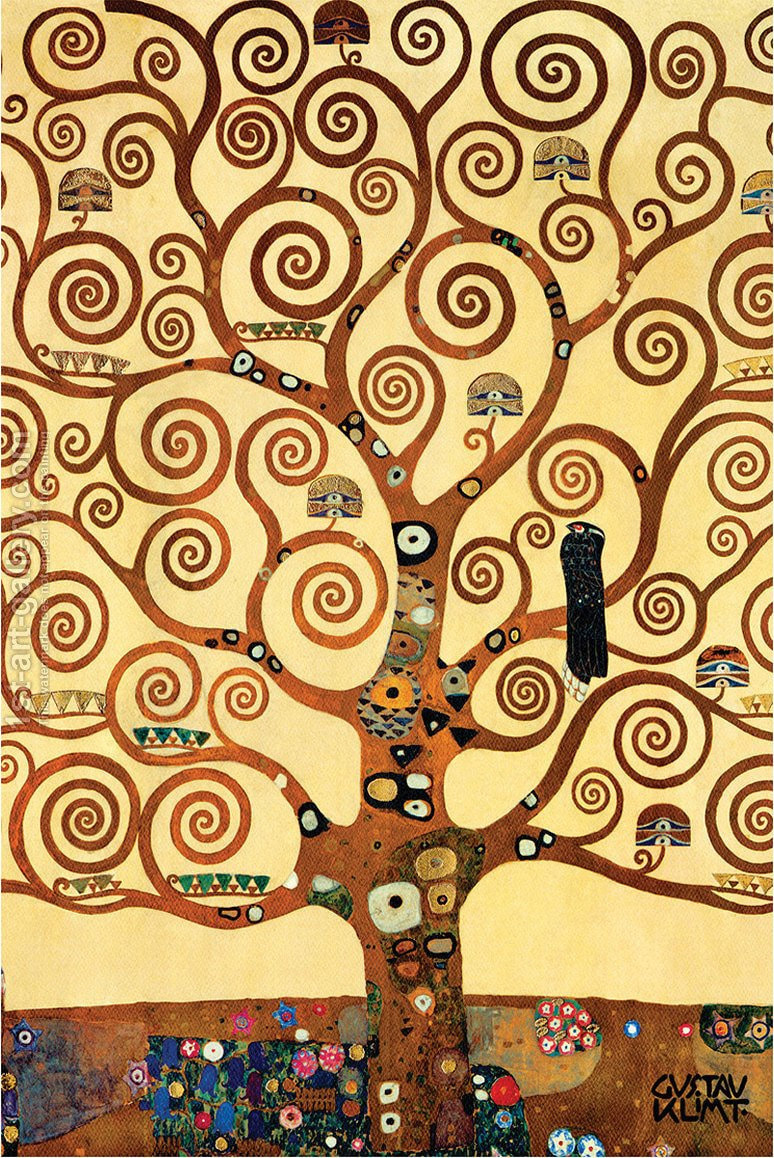[We begin the interview with Tina asking about how I began being interested in educational theory and I describe my quite critical reaction to reading Vygotsky when I began my PhD in 1992]
Rupert: Vygotsky and Piaget both seemed to share an essentially monologic – or single-voiced - view of rationality. The dialogic alternative is that meaning is always a spark across difference so it always implies that there is more than one voice in play. The aim of education, for Vygotsky and Piaget, seemed to be to draw children up from participatory contextual meaning into more systematic conceptual meaning – from embodied participation, creativity and emotion within time and space on the one hand, to an abstract rationality that is anemic, predictable and ultimately outside of time and space, on the other. [The same critique also applies to other cognitive psychology theories of education]
My objection to the rationalism of the education theory that I encountered [as a graduate student] was perhaps rooted in my personal history. I felt that this rationalist approach had the potential to damage a sense of meaning in life. Finding meaning in life has always been an issue for me and I think it is an issue that education needs to address.
Tina: Meaning in life? What, then, defines such a meaning for you?
Rupert: By meaning I suppose you could say that I mean ‘existential’ meaning but it is not a complicated idea. I mean simply the kind of meaning needed to be able to get out of bed in the morning and face the day. [Ikigai in Japanese] Although this might sound like a personal issue it is also quite general. Young people today, if anything, seem to have an even greater problem with lack of meaning than I found back in the 1970s.
Tina: I see, and how does this kind of existential meaning relate to educational theory?
Rupert: I put some of the blame for the lack of meaning that I experienced as a young man on my education. Like almost all children I began life with a rich experience of participatory meaning. I enjoyed life. I played unselfconsciously with other children. I was in love with my mother who in turn loved me and brought me up. Then compulsory state education in the UK intervened and I learnt to be depressed. I remember asking my mother why I had to go to school and she told me that if I did not the police would come round. It turned out that I was good at learning curriculum knowledge and doing well in exams but I had a problem understanding what the point of any of it was. The content of the education I received actively downplayed the idea that anything I learnt had any real meaning. In science they emphasised the mystery of how random soulless processes might produce life. In literature I was warned against ‘the pathetic fallacy’ of projecting meaning and emotion onto nature. In history I was told there are no big patterns, no purpose, just things happening. When they taught me how to tie a tie in school I realised that the adults teaching me saw the purpose of my education as for me to get a job, earn money, buy stuff and so contribute to society. I was not convinced.
This personal story perhaps explains why I was disappointed when I found that the newly discovered intellectual hero everyone was quoting, Vygotsky, referred to ‘participatory’ thinking – the kind of thinking he said was shared by children, and, his words, 'primitives and schizophrenics' – as something to be overcome in education in order to teach conceptual thinking. For me participation is essential for meaning and the participatory bond between children and their worlds should not be broken.
Tina: You are right. I think this concern is very important to address. Vygotskian thinkers would perhaps counter with the argument that principles as ‘higher mental thinking’ imply advanced and situated conceptual knowledge that provides existential meaning-making as well, but I somehow doubt it. Although conceptual thinking for sure offers some kind of meaning in life, this tradition seems still too focused on mental development, from what I know…
I know you believe in the role of educational dialogues. How do you think dialogic education offers meaning for young people?
Rupert: In the late 1990s Jim Wertsch’s synthesis of Vygotsky and Bakhtin was very popular. In essence Vygotsky’s account of how children learn by ‘internalising’ or ‘appropriating’ cultural tools was being augmented by Wertsch with a Bakhtinian account of learning by internalising or appropriating cultural voices. This led me to read Bakhtin and, because I had already read Buber, Heidegger, Merleau-Ponty, Levinas, Derrida and others I realised that Bakhtin was a very different thinker from Vygotsky. Whereas Vygotsky seemed to me to be a rationalist of a Hegelian-Marxist kind, Bakhtin was working with a new ontology closer to what has become called 'post-structuralism' – this is an ontology of difference or what could also be called a relational ontology or even a dialogic ontology. According to this ontology all meaning is a product of dialogue. So, for example, Bakhtin pointed out that the flow of meaning in a dialogue requires that there are different perspectives, if the difference between voices were ever overcome to reach unanimity then the dialogue, and therefore also the meaning, would reach an end. Meaning requires difference and without difference there is no meaning.
Tina: OK but that is quite theoretical. How does all this help young people find meaning?
Rupert: Well, meaning comes from relationship and participation. For the newborn child the face of their mother is experienced as everything, as the meaning of the universe. Later the child will learn that their mother is just one person amongst other people but early on the face of the mother is not just an individual but also represents otherness in general. This relationship to otherness in general - what Levinas refers to as the 'Infinite Other', is present behind all the others we engage with in education and in life, including, I think, the environment and natural beings. For the depressed person there is a loss of faith not only in this or that other but in life as a whole. A relationship of trust or faith with life as a whole is natural to childhood and is something education should work hard to enhance, not to destroy.
Tina: Yes, I think experiences of trust, faith and meaning are relational phenomena, ultimately, and should be treated so also in educational contexts.
Speaking about voices, Bakhtin also stressed the person’s – the speaker’s – own voice, which means finding and expressing individual opinions within bigger dialogues and polyphonic contexts. What do you say about this?
Rupert: I think the question of meaning for young people is also the question of how you find your own voice. Let us consider a limited example at first to understand the general process. A schematised and simplified version of my own experience. How does a young researcher find their voice in the field of educational theory? First they might read Vygotsky, because they are told to by their supervisor, and then they find themselves talking about mediated action all the time. They lose themselves in Vygotskian theory – they are possessed by that voice. But then secondly they also read Bakhtin and others and stand back from the field in critical mode comparing and contrasting all the different voices. Thirdly they find themselves called by the dialogic field to make a contribution, to say what needs to be said emerging out of the gaps they find between what Bakhtin says and what Vygotsky says in relation to the challenge of the time. If they have said something useful for the dialogue as a whole going forwards then they will find themselves being cited by others and – hey presto - there it is - they have found their own voice! Finding a voice then requires forming a relationship not just with this voice or with that voice but with a field of dialogue or what I often refer to as a dialogic space.
This is true in any bounded field of dialogue like educational theory or, say, designing a new product in a manufacturing company, or engaging with a local political issue, but it is also true to what it means to find your own voice in general. Gert Biesta is very interesting on the important role of education in allowing students to find themselves, to become, as he puts it ‘subjects’. He writes that education has three purposes, socialization, qualification and also ‘subjectification’. I agree with him about the importance of becoming a self but I think that the process is dialogic and involves relationship with a field of dialogue. The self is always double-voiced, as Bakhtin put it, meaning it is always on both sides of the dialogue at once. This means that you can only find yourself by first losing yourself in participation. First you take on the field of dialogue as a whole, which is an open and unbounded field, you allow yourself to play, to be possessed by the voices and then you find that you are called upon to speak and –mysteriously – you hear yourself respond. In true speech it feels as if the field flows back to itself through you saying what needs to be said. That is what gives authority to your voice and is why others sometimes lend authority to your voice by listening to you and allowing what you say to guide them. It is not because of you it is because they hear in what you are saying something of what they also intuitively know needs to be said and they know this because of their participation in the same dialogic space as you. The authority of a voice in the dialogue comes from shared participation. But that does not mean that you lose yourself in the dialogic space. You are likely to experience yourself as at your most individual only when you find yourself speaking for the dialogic space as a whole.
This is why Bakhtin loved Dostoevsky so much. He claimed that he found Dostoevsky open to all the cultural voices of his time and yet able to express them in a uniquely personal way. No one could say that Dostoevsky did not have a personality but his personality somehow included all the voices and allowed them all to speak through him.
Tina: A lot to think about, really. Can you just outline the theory of education that all this leads to?
Rupert: Well I think that we can use these ideas from Bakhtin and others to develop quite a simple and straightforward dialogic theory of education that preserves the importance of participatory meaning while extending cognition. New voices are called into being by others, by specific others such as mothers or fathers, by cultural voices such as the voice of Mathematics or History mediated by teachers and also by the Infinite Other. This offers a theory of education as being about education into life as whole. It is about the whole person in relation to the whole cosmos. Cognitive development is now understood as just one aspect of this larger movement of being drawn out of oneself and into dialogue - a movement in which the dialogic space opened up is constantly expanding and deepening. At each stage of education meaning comes from participation and relationship. The initial participation and relationship natural to childhood is maintained throughout. The meaning, for example, of a child’s encounter with a tree does not need to be broken or lost by the child also being drawn into the long term global cultural dialogue of science about trees. Science can tell them more about how the tree draws sustenance from the sun and from the soil in a way that enhances the child’s experience of relationship with the tree, not in a way that destroys this.
Much of the role of formal education can be understood as drawing children and newcomers into participation in long term cultural dialogues. This fits well with the claim that there is 'powerful knowledge' which has to be taught and learnt. It is just that this 'knowledge' is now understood as a long-term cultural dialogue and the aim of education is not to teach inert knowledge but to induct children into participation in these powerful dialogues in such a way that they can find their own voice within these dialogues. This also fits well with Michael Oakeshott's idea of education as joining 'the conversation of mankind'. However, Oakeshott saw this dialogue as limited to humans, probably mainly European humans in fact, and focused mainly on entering into a dialogue with the voices of the past. But science and technology are part of this dialogue and involve us in taking seriously non-human voices, the voices of things and of nature. In science there is not just induction into a cultural dialogue but also into a dialogue with voices that speak to us from beyond culture. The idea of dialogue with the Infinite Other is another way of saying that entering into science (science means ‘knowledge’ for me so refers not just to natural science but to any shared inquiry) through which we engage in dialogue with the realm of the as yet unknown is also very much a part of education. It is understandable that education in the Print Age focussed on transmission of past knowledge and some dialogue with voices of the past. The Internet Age offers a new possibility of inducting students directly into the living global dialogues that advance knowledge and technology in every area. The larger dialogue that children and newcomers can join, if we develop an effective global education system for the future, is a dynamic real-time shared inquiry through which we understand ourselves and the world and through which we can design and build our shared future together.
One implication of the idea of the Infinite Other is that the context of meaning, the ‘meaning of meaning’, is not something far away from us but is also to be found at the heart of each present moment. Dialogue with the Infinite Other is the idea, therefore, of a kind of creative experience that can be found by stepping back from the divisions that always already define our situation, divisions such as self/other, here/there, now/then, culture/nature in order to participate in the dialogic space of potential meaning that precedes and exceeds these divisions.
I would like to see an education that helps those who feel lost realise the true nature of their individual identity as being dialogic interconnectedness. In fact, following Levinas, it is possible that identity is not a separation but a kind of singularity in space and time or a point where the cosmos as a whole turns around and looks back upon itself making each person unique because they are unbounded – each of us is ‘everywhere and forever only by virtue of being here and now’ as Merleau-Ponty once put it. That phrase might sound a bit esoteric to some people but Merleau-Ponty's point is a simple one. We can look out and see space and think about many further spaces in the past and in the future only because we have eyes located in a body that is situated here and now so it is really just a statement of the obvious reality of our situation to say that we are 'everywhere and forever only by virtue of being here and now'.
Finding existential meaning for me was about being drawn, through various encounters, into relationship not just with this or that person or idea but into a deeper realisation of my pre-existing participation in the whole of life. This involved a shift in personal identification from feeling trapped by a bounded image of the ego to identifying more with the pre-thematic or pre-individual potential for meaning which is always there before the self-other split. I think that this relates to the educational goal, which we have found through research on successful group thinking, of identification with the dialogue which means identifying with the creative flow of emergent meaning making.
Perhaps our interconnectedness with the whole of life is obvious but it nonetheless seems that it is also something that it is always possible for people to forget and indeed, it seems, for whole cultures to forget. I hope that this dialogic educational theory and the dialogic educational practice linked to it, might be able to help people who are struggling with the question of meaning as I once struggled.
Tina: Thanks for sharing your own life experiences, it helps me to better understand your well-known dialogic visions in educational matters.
References
Wegerif, R. (2019). Towards a dialogic theory of education for the Internet Age. In Mercer, N., Wegerif, R. and Major, L. The Routledge International Handbook of Research on Dialogic Education. Routledge.




 RSS Feed
RSS Feed